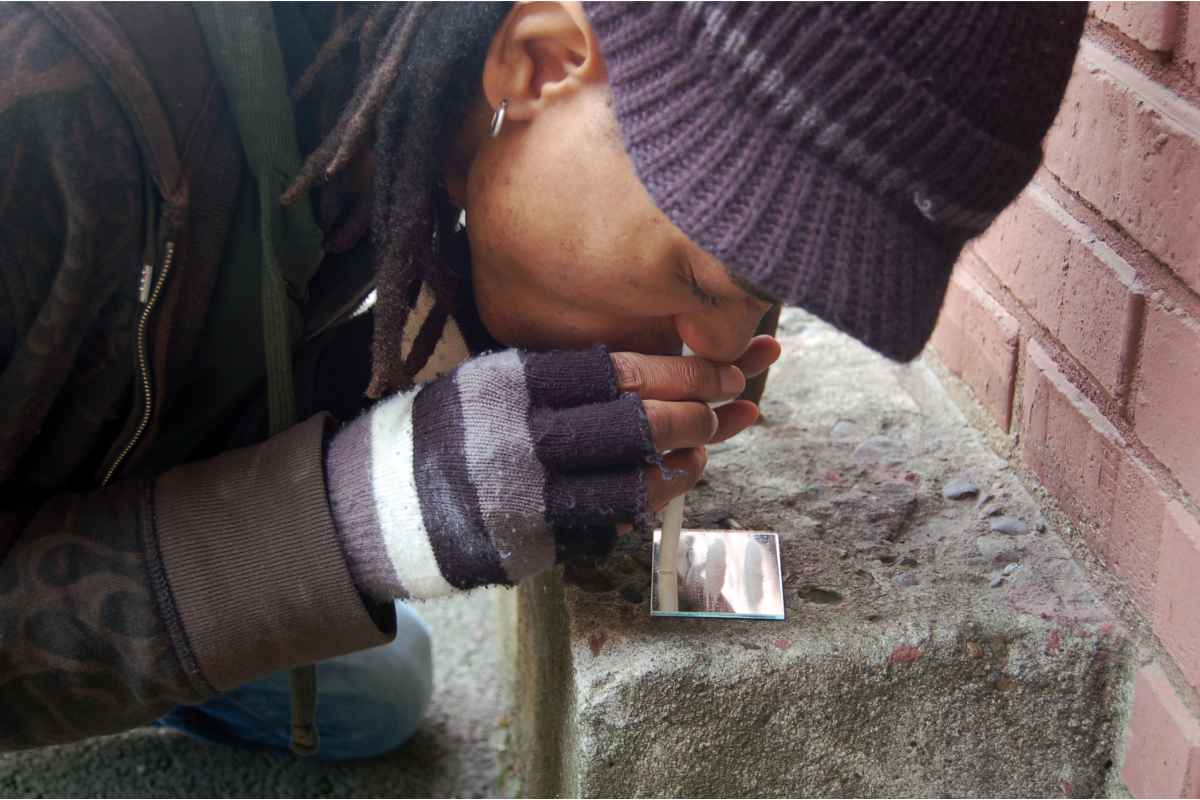By: Design for Change
Categories:
Designer Drugs in California: Here’s What You Need to Know
You are here:Designer drugs in California, otherwise known as synthetic drugs, are not only popular in this state, but also nationwide. People who use the drugs refer to them as “legal highs.” Today, the manufacture and marketing of these drugs is easy due to the internet and social media.
Here are a few frequently asked questions about designer drugs to help you understand why they are so dangerous.
Designer Drugs: What Are They and Why Are They Dangerous?
Synthetic or designer drugs comprise a variety of existing substances that have been altered. The analogs can bypass drug controls and regulations.
Generally, designer drugs are Schedule I Controlled Substances under the DEA’s Controlled Substance Act (CSA). This classification means the drugs “have no accepted medical use and a high potential for misuse or inappropriate use.”
What Are the Most Popular Designer Drugs in California?
Designer drugs such as bath salts and synthetic marijuana mimic the effects of more potent illicit drugs. However, because the chemical structure differs from the traditional drug, they avoid detection. As a result, the drugs are easy to obtain.
All designer drugs contain a variety of dangerous substances that produce different effects. Nevertheless, they all share certain characteristics, such as:
- Ingredients vary from batch to batch.
- Misleading information.
- Manufacturers inconsistently modify the chemicals.
- Complete lack of scientific data regarding the safety or risks of the drugs.
The most frequently used designer drugs in California and across the US include:
Spice and K2
Spice and K2 are names for synthetic cannabis (marijuana). The drugs mimic the psychoactive effects of THC. The drugs mimic the psychoactive effects of THC. Street names for synthetic marijuana include Potpourri, Herbal Incense, RedX, Skunk, Skooby Sanx, Kronic, Joker, Ninja, and Kush.
Most people smoke the drug through a pipe, a water pipe, or rolled into a joint.
Bath Salts
Bath salts are synthetic drugs that mimic the effects of cathinones. Cathinones are found in the khat plant found in East Africa and Arabia. People chew the leaves of the khat plant for its stimulant effects. Typically, synthetic cathinones are stronger and more dangerous than natural substances such as khat.
Synthetic cathinones are cheap alternatives to cocaine or amphetamines. People smoke, snort, inject, or swallow the powder-like substance.
Bath salts are sold as jewelry cleaner, plant food, or phone screen cleaner to avoid law enforcement.
Some of the popular street names for synthetic cathinones include Black Mamba, Molly, Blow, Cloud 9, Flakka, Blue Silk, and Drone.
People who use synthetic cathinones will smoke, snort, inject, or swallow the substance. As with synthetic cannabis products, bath salts are also classified as Schedule 1 drugs by the CSA.
Side Effects and Risks of Using Designer Drugs
Although designer drugs affect each person differently, many people experience similar side effects. The most common side effects may include some or all of the following:
- Vision problems
- Nervousness, agitation
- Violent or irrational behavior
- Constricted blood vessels
- Memory problems
- Intestinal distress
- Increased blood pressure
Although most of the side effects diminish after a few days, some people experience serious complications such as heart attack, stroke, or kidney damage. Other designer drug users report paranoia, hallucinations, depression, and suicidal thoughts after repeated use of synthetic cannabinoids.
Are Designer Drugs Addictive?
Like most illicit drugs, repeated use of designer drugs can cause addiction. Generally, addiction is characterized by withdrawal symptoms that occur when the drug is unavailable.
Someone who uses synthetic drugs repeatedly may experience withdrawal symptoms such as cravings, vivid dreams, muscle cramps, anxiety, nausea, and chills.
It’s important to remember, most illicit drugs can be deadly. Also, no medications are available to treat designer drug addictions.
Are Designer Drugs Legal in California?
Legislators in California have made many attempts to keep designer drugs out of circulation. Each time the drugs are identified and banned, the dealers and manufacturers found new ways to get around new and existing laws. To further complicate matters, designer drugs don’t show up on drug tests.
Currently, laws exist in California that ban the sale and distribution of K2 and Spice. Legislation was also passed to make the use and possession of synthetic marijuana illegal. For first offense charges for possession or use of synthetic marijuana entails a fine of up to 0. Subsequent offenses may result in jail time and more fines.
Design for Change Provides Treatment for Addiction to Designer Drugs
The presumed legality of designer drugs leads many people to believe they are safe. As such, the number of addictions and overdoses from these substances rises yearly.
Despite their popularity, designer drugs will harm your health and and endanger your life.
Today is a good day to pull away from the grip of designer drugs. Design for Change Recovery in Lancaster, CA can help. We provide a unique, personalized approach to treatment for your specific needs.
We invite you to contact us by phone, email, or online to speak with a treatment advisor. With your permission, we will conduct a confidential assessment to aid in creating your path to recovery.
Sources:
dea.gov – Drug Scheduling
dea.gov/factsheets/ – Spice/K2, Synthetic Marijuana
nida.nih.gov/ – Synthetic Cathinones (Bath Salts) DrugFacts


